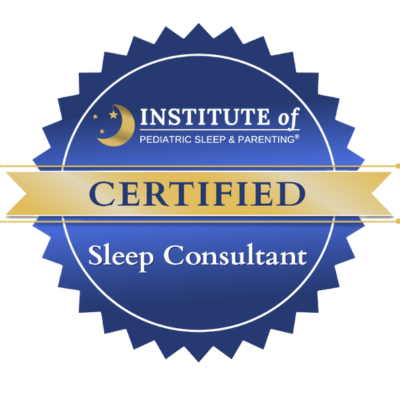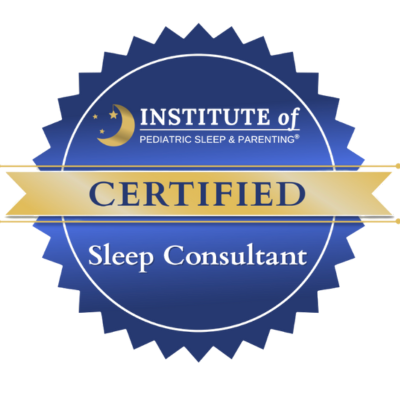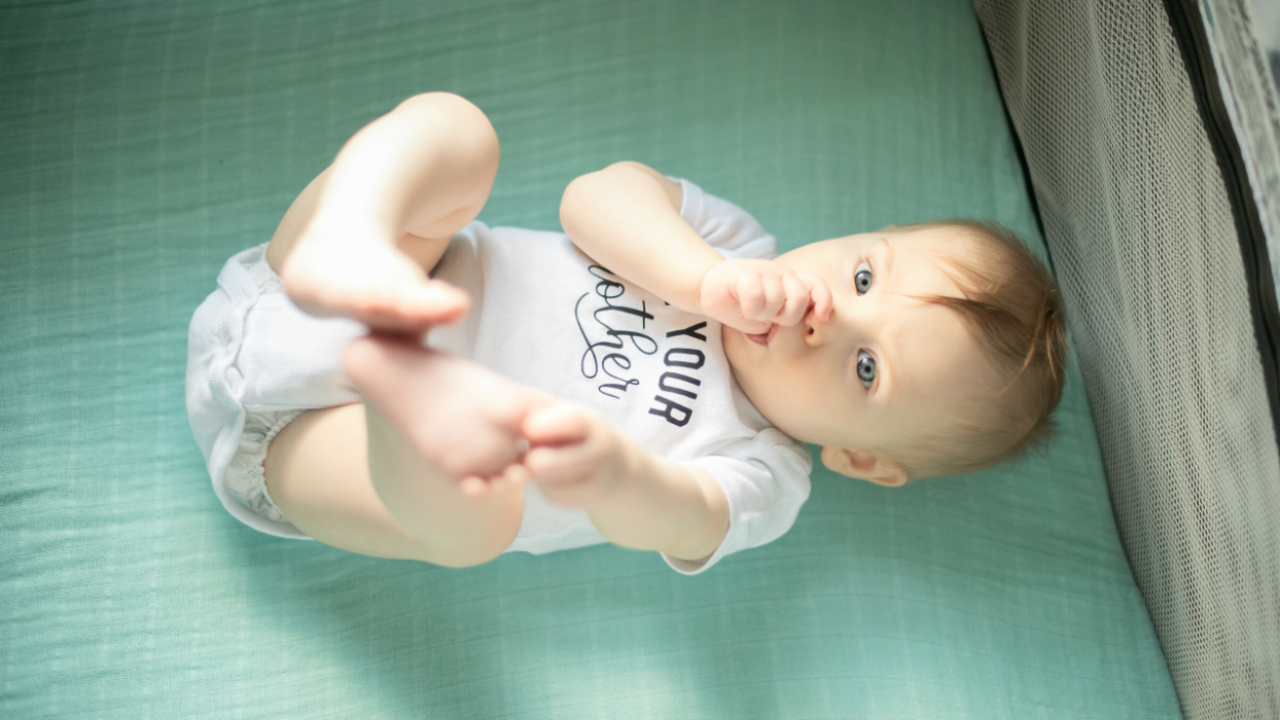SIDS: Safe Sleep Checklist

Following safe sleep guidelines are so important to ensure that your little one is always in a safe environment to prevent SIDS. We have created this quick guide to be referenced for babies between 0-12 months old.
Download your FREE Safe Sleep Checklist HERE
BABY SHOULD BE:
- Placed to sleep on back for every sleep for the first 12 months
- Dressed appropriately for the environment/temperature
- Sleep clothing eg. wearable blankets and swaddles are recommended vs loose blankets for warmth
- Similar levels of clothing as others in the home however never more than one additional layer in comparison to others
- Never dress your baby too warmly for sleep and avoid covering their face or head
- Do not add a blanket to your baby when sleeping
- Sleep in their parents’ room for the first 6 months, ideally the first year of life
- Never put to sleep on any soft surface (adult beds, sofas, chairs, water beds, quilts, sheepskins, soft mattresses or cushions, etc.)
- Breastfed, if possible, as this is associated with reduced risk of SIDS
- Offered a pacifier at naptime and bedtime (the pacifier is cordless and should not be attached to any stuffed toy or baby’s clothing)
- Allowed to sleep on their tummy IF they are able to roll from front/back and back/front independently
- Transferred to a flat, firm sleep surface as soon as safe and practical if they fall asleep in a car seat, stroller, swing, infant carrier and infant slings. Infants younger than 4 months are particularly at risk.
SLEEP SURFACE IS:
- Firm (eg. Mattress in a safety-approved crib) -
- Mattress covered by a fitted sheet with no other bedding
- Flat
- Elevating the sleeping surface does not reduce reflux and is not safe for sleep
- Bare
- No pillows, quilts, blankets, stuffed animals and bumpers and any other loose bedding
- Away from windows, draperies, curtains, blind/shade cords, electrical appliances, or electric wires
- Labeled as a bassinet, crib, portable crib or play yard that meet the current safety standards and approved by the Consumer Product Safety Commission (CPSC)
- Clear of any positional devices placed in the adult bed for the purpose of separating the infant from others in the bed i.e. No Dockatot, SnuggleMe Organic, Boppy, etc. Approved by the Consumer Product Safety Commission (CPSC)
- His/her own safe sleeping place
- No bed sharing
CRIB HAS:
- A firm mattress with a snuggly fitted sheet
- No gaps between the mattress and the wall of the crib
- No more than 2 3/8” gap between the slats
- No drop-side rails
- No bumper pads, pillows, quilts, mattress toppers, sheepskins, comforters, sleep positioners, blankets, toys, mobiles, and other materials out of and off the sides of crib
- All proper hardware tightly secured, no missing or broken hardware or loose connections
- Not been recalled. Particularly important for used cribs
- Only the mattress designed for the specific crib
WHEN USING BASSINETS:
- Ensure they confirm to the safety standards of the Consumer Product Safety Commission (CPSC)
- Use only the mattress/pad provided by the manufacturer for the bassinet
- Transition when baby outgrows it (weight/length limits or when baby can sit, climb, or roll out)
SWADDLING SHOULD BE:
- Snug around the chest but allow for lots of room at the hips and knees to avoid hip dysplasia
- Secure to avoid becoming loose. Swaddles with zips or velcro may help secure
- Discontinued immediately once baby is capable of rolling
OTHER CONSIDERATIONS:
- If parents bring the infant into bed to comfort, cuddle or feed, it is safest to return the infant to their own crib or bassinet in the parent's room when the parent is ready to return to sleep
- If baby is in a car seat outside of the car
- Baby must be correctly buckled at all times
- Place the infant seat in the large basket of the grocery cart
- Baby’s face should be visible in its entirety by their caregiver at all times
- Don’t leave your infant seat on any elevated or soft surfaces, such as a bed, sofa, countertop, or table
- If your baby has fallen asleep in the car seat, take them gently out of their car seat and put them down to sleep on their back in a safe sleep environment when back at home
- Keep your baby away from cigarette smoke. Babies whose mothers smoked during pregnancy, and babies who continue to be exposed to smoke after birth are at an increased risk of SIDS
- When infant slings and cloth carriers are used for carrying, ensure that the infant’s head is up and above the fabric, the face is visible, and the nose and mouth are clear of obstructions
Download your FREE Safe Sleep Checklist HERE
For the full guidelines, please see the American Academy of Pediatrics:
https://pediatrics.aappublications.org/content/138/5/e20162938













